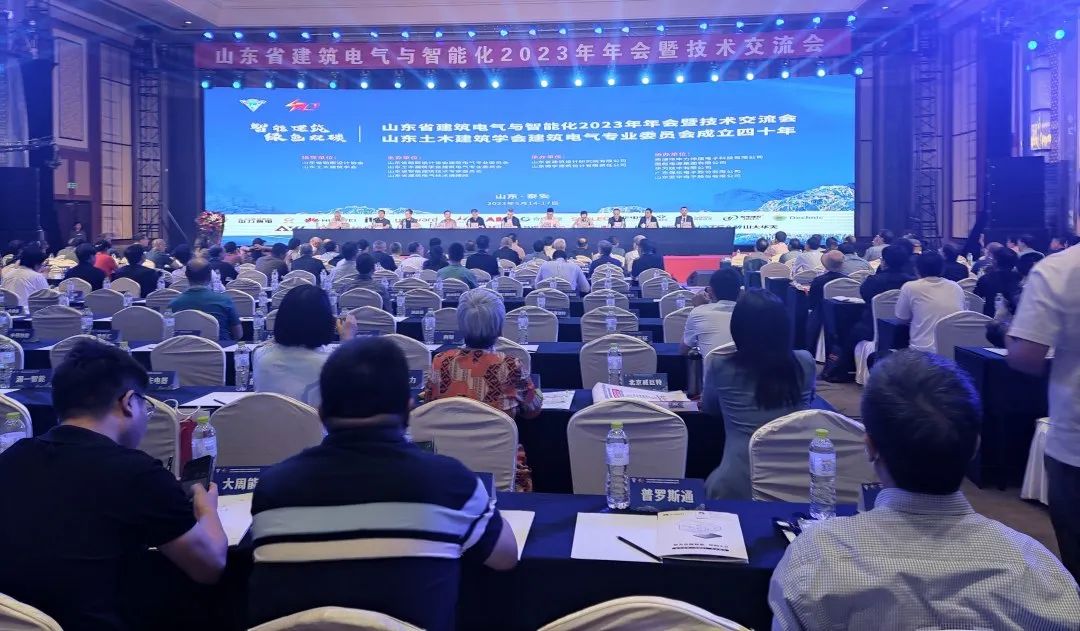It can be predicted that after the implementation on April 1, 2022, the building envelope industry (doors and windows, thermal insulation materials industry) and other industries in the field of building energy conservation will benefit and usher in a new wave of growth.
2.0.3: there are clear mandatory standards for carbon emission intensity.
The feasibility study report, construction scheme and preliminary design documents of the construction project shall include the analysis report on building energy consumption, renewable energy utilization and building carbon emission.
Key indicators the energy-saving specifications released this time can be said to be an integrator.
With its release, 20 original standards and specifications have been affected.
7.
For example, gbt50378-2019 evaluation standard for green buildings, GB / t51141-2015 evaluation standard for green transformation of existing buildings and its 2020 exposure draft did not impose mandatory requirements on carbon emission intensity.
The average energy-saving rate of residential buildings in severe cold and cold areas should be 75%; The average energy saving rate of residential buildings in other climatic areas shall be 65%; The average energy saving rate of public buildings shall be 72%.
2.0.5: building energy efficiency design shall be carried out for new, expanded and reconstructed buildings and energy-saving transformation of existing buildings.
The general specification improves the thermal performance limit requirements of residential buildings and public buildings.
3.
5.
4.
Compared with the unified standard for energy efficiency design of industrial buildings (gb51245-2017), the general specification adds energy efficiency design indicators for industrial buildings with heating and air conditioning systems in mild area a, expands the scope of application of industrial standards, and strictly implements industrial buildings in mild areas.
If the relevant provisions in the current engineering construction standards are inconsistent with this specification, the provisions of this specification shall prevail.
Renewable energy utilization requirements are refined.
Different from the current energy-saving standards in most regions, the average design energy consumption level is reduced by 30% and 20% respectively on the basis of the current national and industrial standards for energy-saving design.
Requirements for energy efficiency design indicators of industrial buildings in newly added mild areas.
In terms of specific parameters, the limit of envelope structure is basically consistent with the previous energy-saving design standards for public buildings and residential buildings, but there are also many indicators that improve the requirements..
The relevant mandatory provisions of the current engineering construction standards shall be abolished at the same time.
In the past, carbon emission standards related to buildings were mostly recommended or suggested.
Scope of application it can be seen from the general provisions that the scope of application of this code is “design, construction, acceptance and operation management of building energy conservation and renewable energy building application system for new, expanded and reconstructed buildings and existing building energy conservation and reconstruction projects”, involving new buildings, existing buildings, renewable energy system Carbon emission intensity 2.0.1: the average design energy consumption level of new residential buildings and public buildings is further reduced by 30% and 20% based on the energy-saving design standards implemented in 2016.
6.
Key points of specification 1.
The energy conservation design level of new buildings is further improved.
The general code for energy conservation and renewable energy utilization in buildings is approved as the national standard, numbered gb55015-2021, and will be implemented from April 1, 2022.
Highlight the nature of technical regulations, and clarify the mandatory indicators and basic requirements for design, construction, commissioning, acceptance and operation management from three aspects: energy-saving design of new buildings, energy-saving of existing buildings and utilization of renewable energy.
The average energy-saving rate of residential buildings in severe cold and cold areas shall be 75%, and that in other climatic areas shall be 65%; The average energy-saving rate of public buildings is 72%.
Building carbon emission calculation is a mandatory requirement.
The full text is mandatory and must be strictly implemented 2 The general code for building energy conservation and renewable energy covers a wide range, including new buildings, existing buildings, renewable energy systems, construction commissioning acceptance and operation management.
The content structure, element composition and main technical indicators are in line with the relevant technical regulations and standards of developed countries, and have generally reached the international advanced level.
Click the blue words above to pay attention to us.
This specification is a mandatory engineering construction specification, and all provisions must be strictly implemented.
Recently, the Ministry of housing and urban rural development issued the announcement of the national standard general code for building energy conservation and renewable energy utilization.
Significance and background of comprehensively improving the efficiency and lighting requirements of HVAC system the introduction of general code for building energy conservation and renewable energy utilization is to implement national laws and regulations on energy conservation, ecological environment protection and climate change, implement the decision-making deployment of carbon peaking and carbon neutralization, improve the utilization efficiency of energy resources and promote the utilization of renewable energy, Reduce building carbon emissions, create a good indoor environment, and meet the needs of high-quality economic and social development.
The energy conservation code implements the spirit of reforming and improving the engineering construction standard system, and plays an important role in improving the construction quality and promoting the high-quality development and green development of the construction industry.


